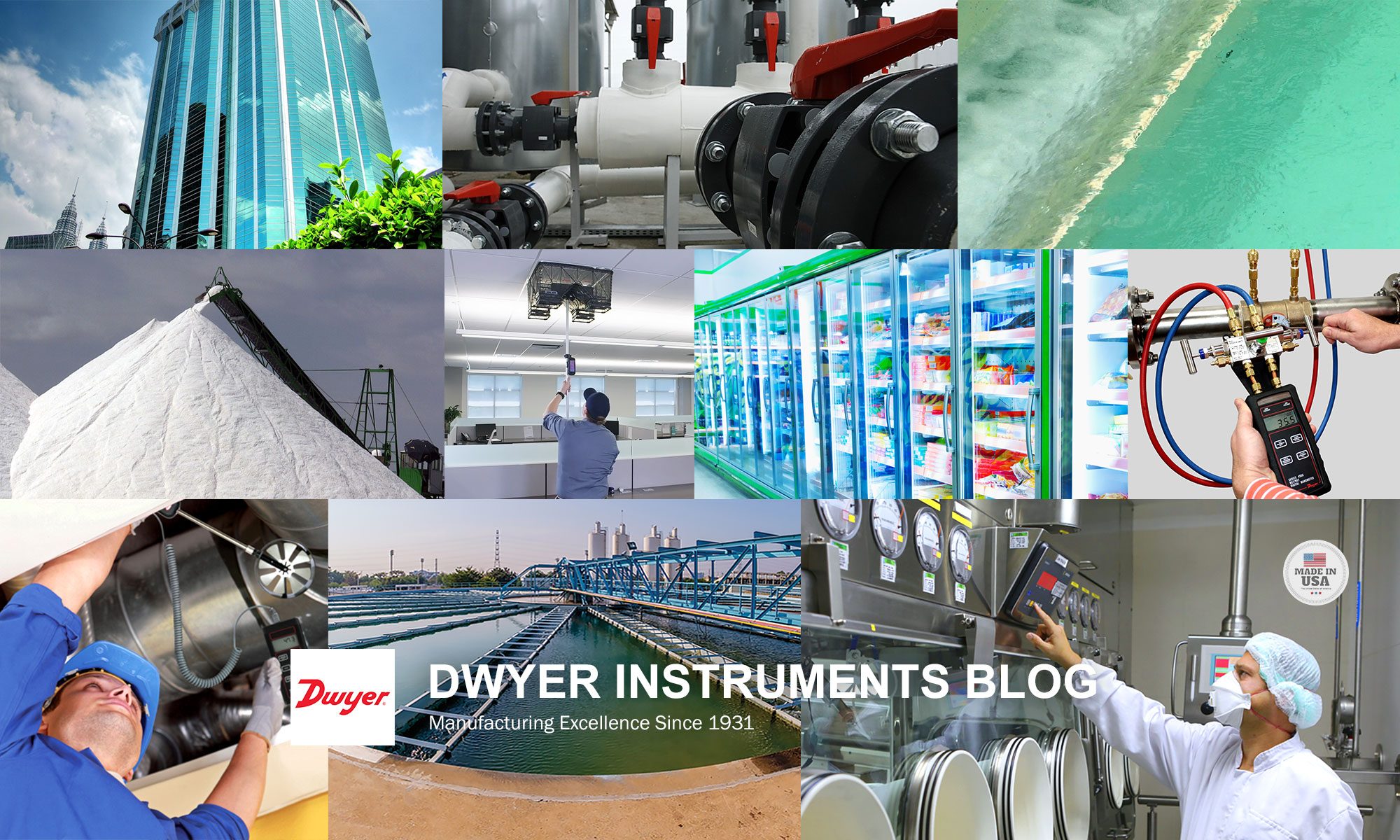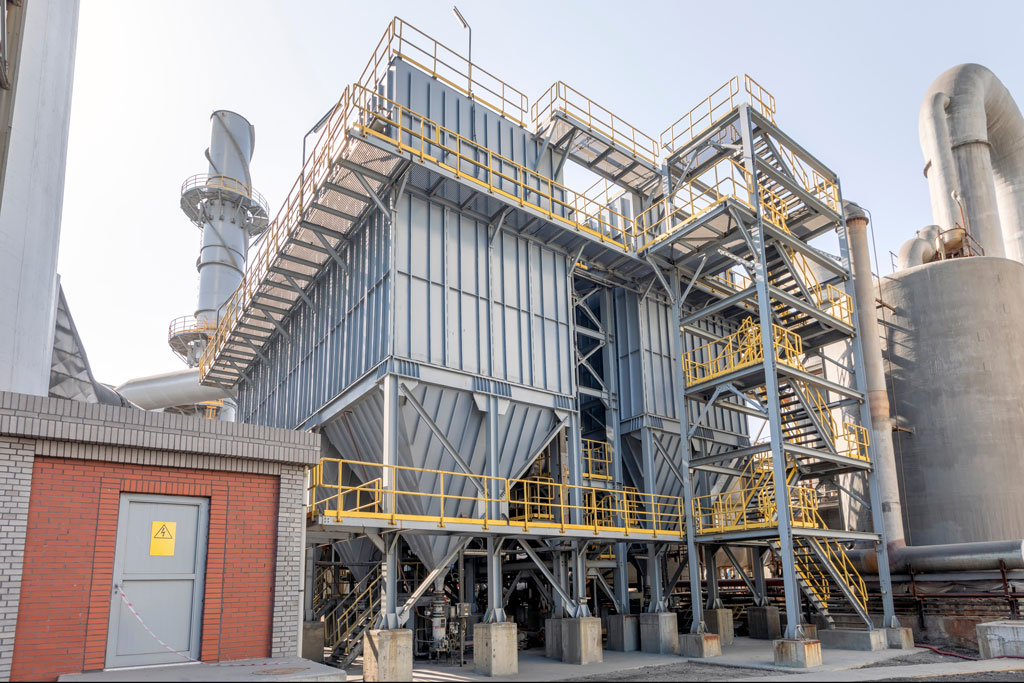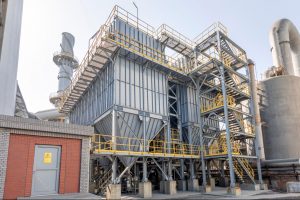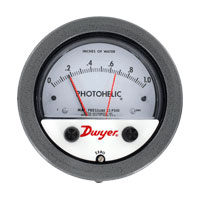
As the year comes to a close and we celebrate this time with our families and friends, all of us at Dwyer want to give a big thank you to the customers and teammates that we’ve depended on throughout the year. We certainly couldn’t have done it without you.
This year has been unlike any other, to say the least. The COVID-19 pandemic shook the world as hospitals and emergency personnel struggled to keep up with demand for ventilators and isolation rooms. Worldwide manufacturing slowed, as non-essential businesses shut down and companies shifted to CDC guidelines and recommendations. Continue reading “Happy Holidays | Year in Retrospect”



 As industries such as building automation and water/wastewater become more energy-efficient, powder and bulk is also increasing energy efficiency using pressure transmitters and variable frequency drives. Pressure transmitter demand is also growing due to more stringent regulations in hazardous environments, where remote control and specialty housings must be available.
As industries such as building automation and water/wastewater become more energy-efficient, powder and bulk is also increasing energy efficiency using pressure transmitters and variable frequency drives. Pressure transmitter demand is also growing due to more stringent regulations in hazardous environments, where remote control and specialty housings must be available.
